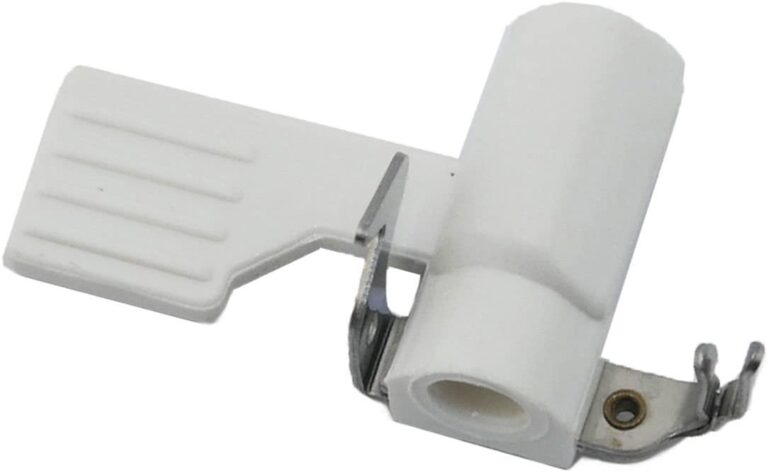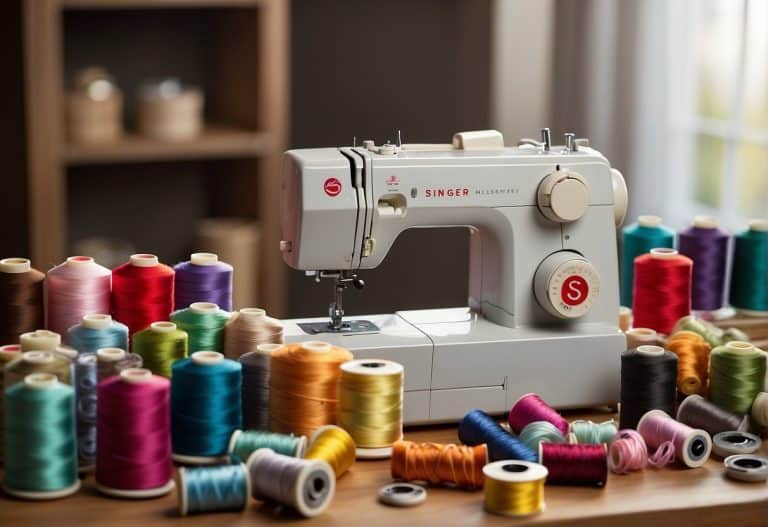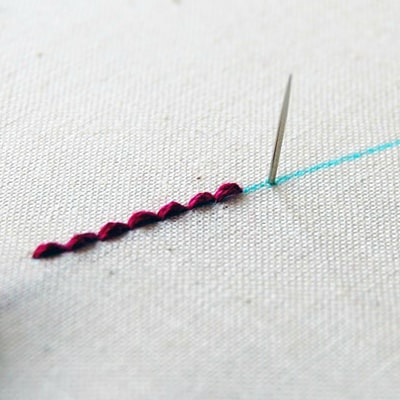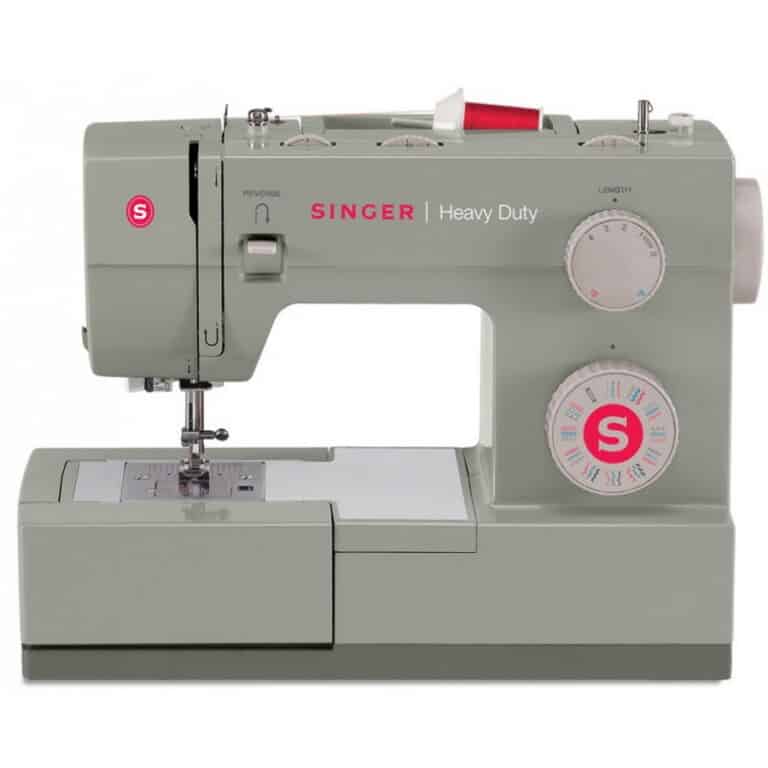What is Interlock Knit Fabric?
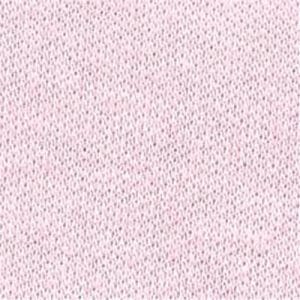 Sewing is pretty exciting (not that we need to tell you that!). The idea of revving up your sewing machine and turning a plain piece of material into a drapery, dress, shirt, a pair of pants, a jacket, a blanket – or anything else you can think of – is pretty awesome.
Sewing is pretty exciting (not that we need to tell you that!). The idea of revving up your sewing machine and turning a plain piece of material into a drapery, dress, shirt, a pair of pants, a jacket, a blanket – or anything else you can think of – is pretty awesome.Interlock Knit Fabric Explained
Interlock knit is a double knit fabric. It’s a variation of a rib knit and it’s similar to jersey knit, but it’s thicker; in fact, interlock knit is like two pieces of jersey knit attached back to back with the same thread. As a result, it has a lot more stretch than jersey knit; additionally, it looks the same on both sides of the material because the yarn drawn through the center, between the two sides. In addition to having more stretch than jersey knit and having the same appearance on both the front and back of the material, it’s also thicker than jersey; plus, it doesn’t curl. Interlock knit is the tightest of all knit fabrics. As such, it has the finest hand and the smoothest surface of all knits.
The Benefits of Interlock Knit
Given the qualities of interlock knit, this fabric has a lot of benefits, including:
- The appearance is the same on the front and back
- It’s thick
- It doesn’t curl
- It’s flexible
- It’s easy to work with
- It has a soft hand
- The surface is smooth
- It’s absorbent
Given all of these qualities, interlock knit is a fabric that you are definitely going to want to have in your sewing room.


